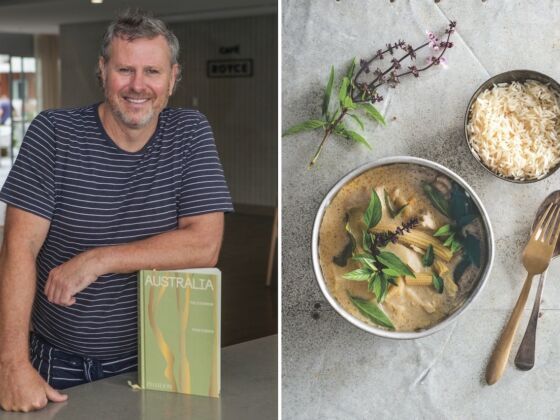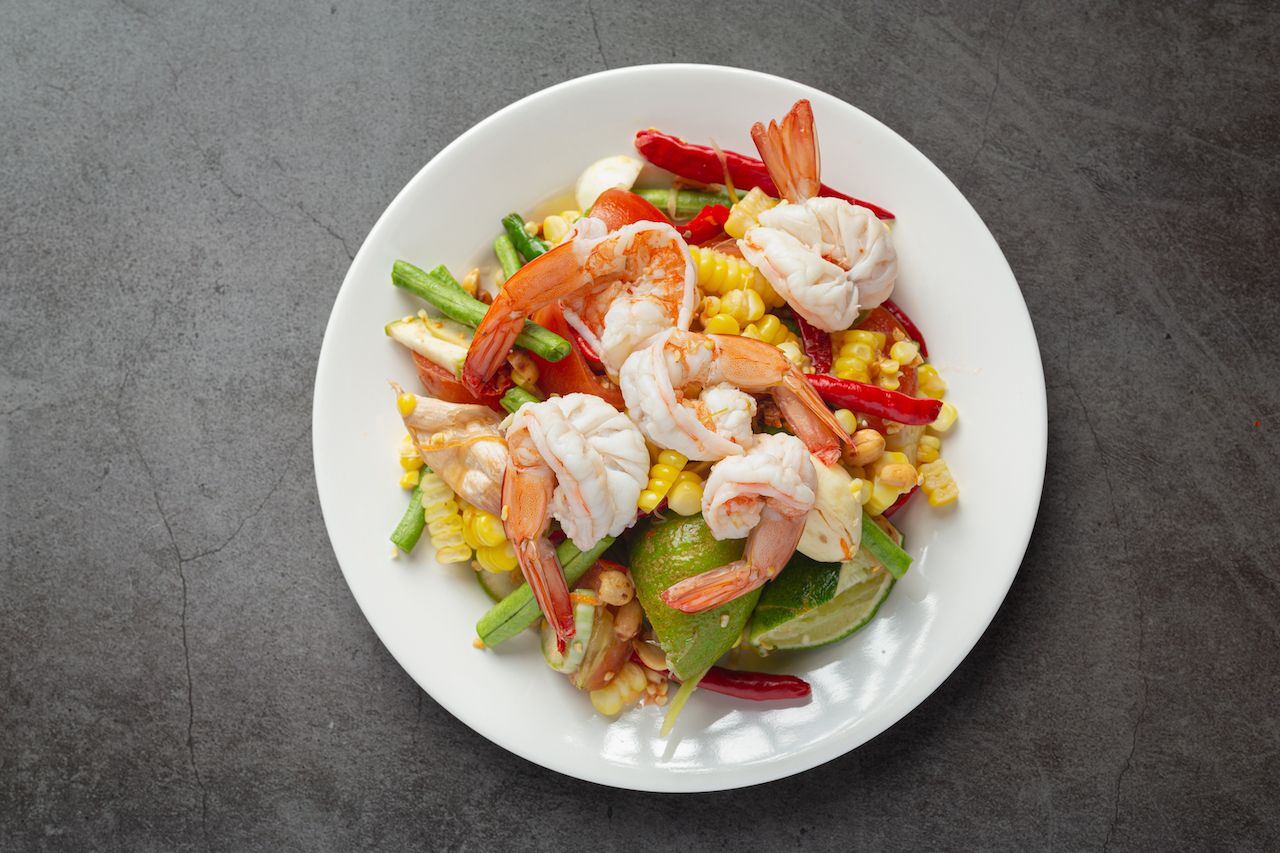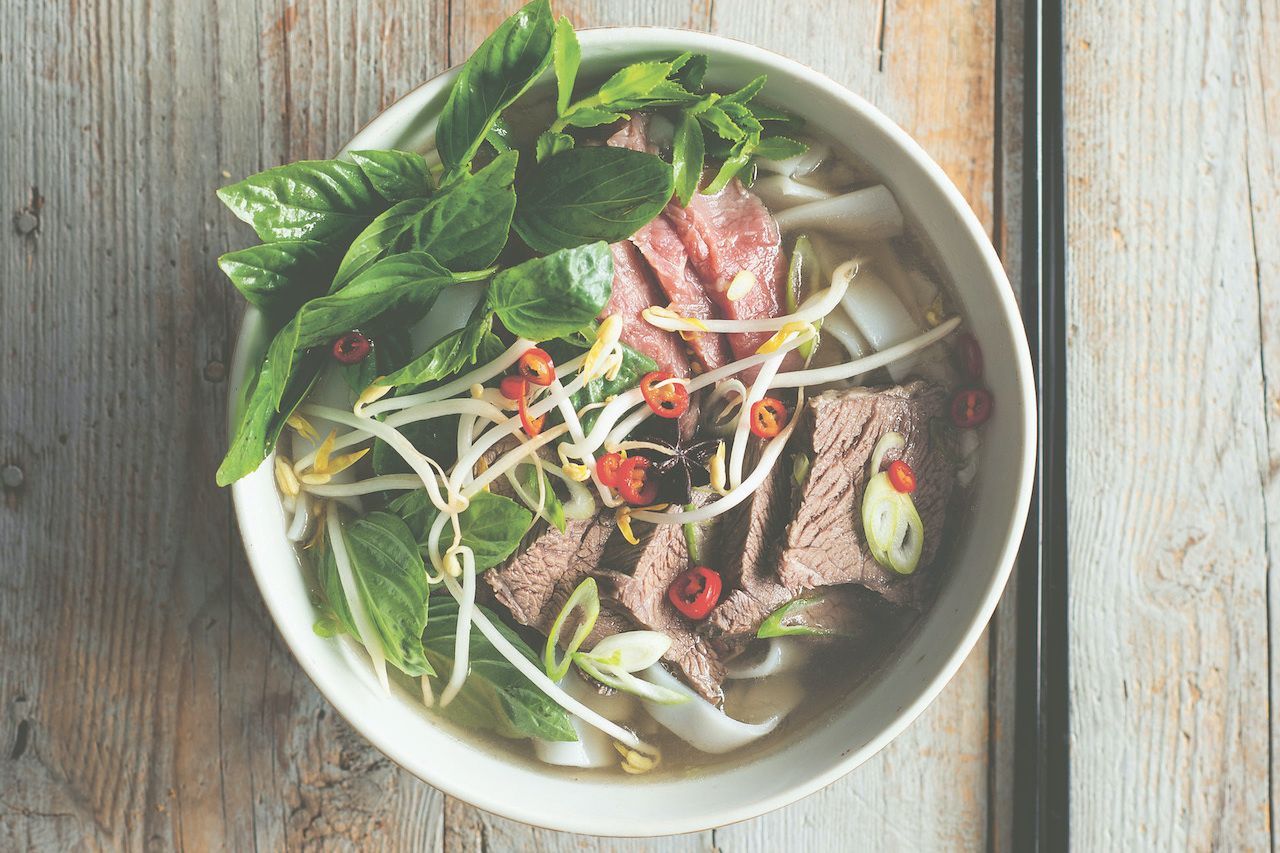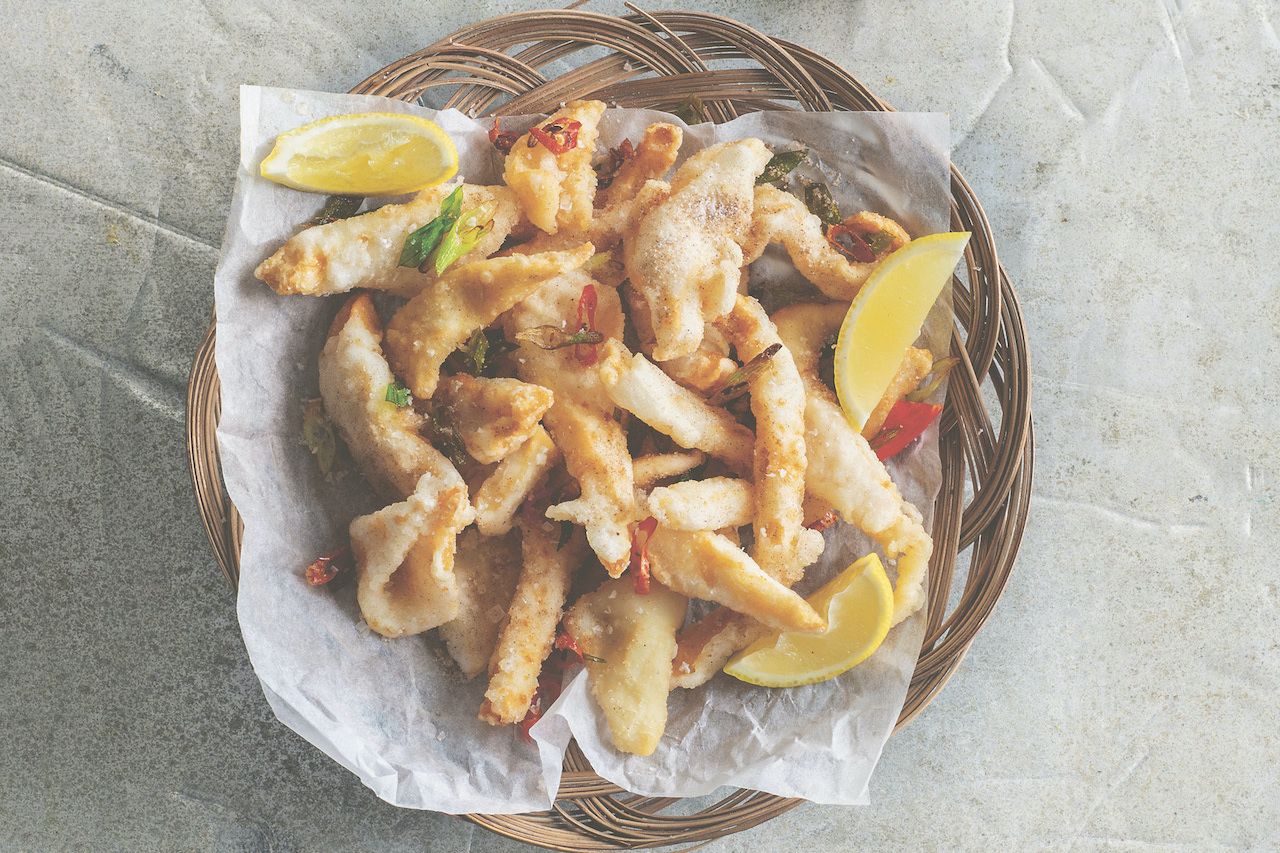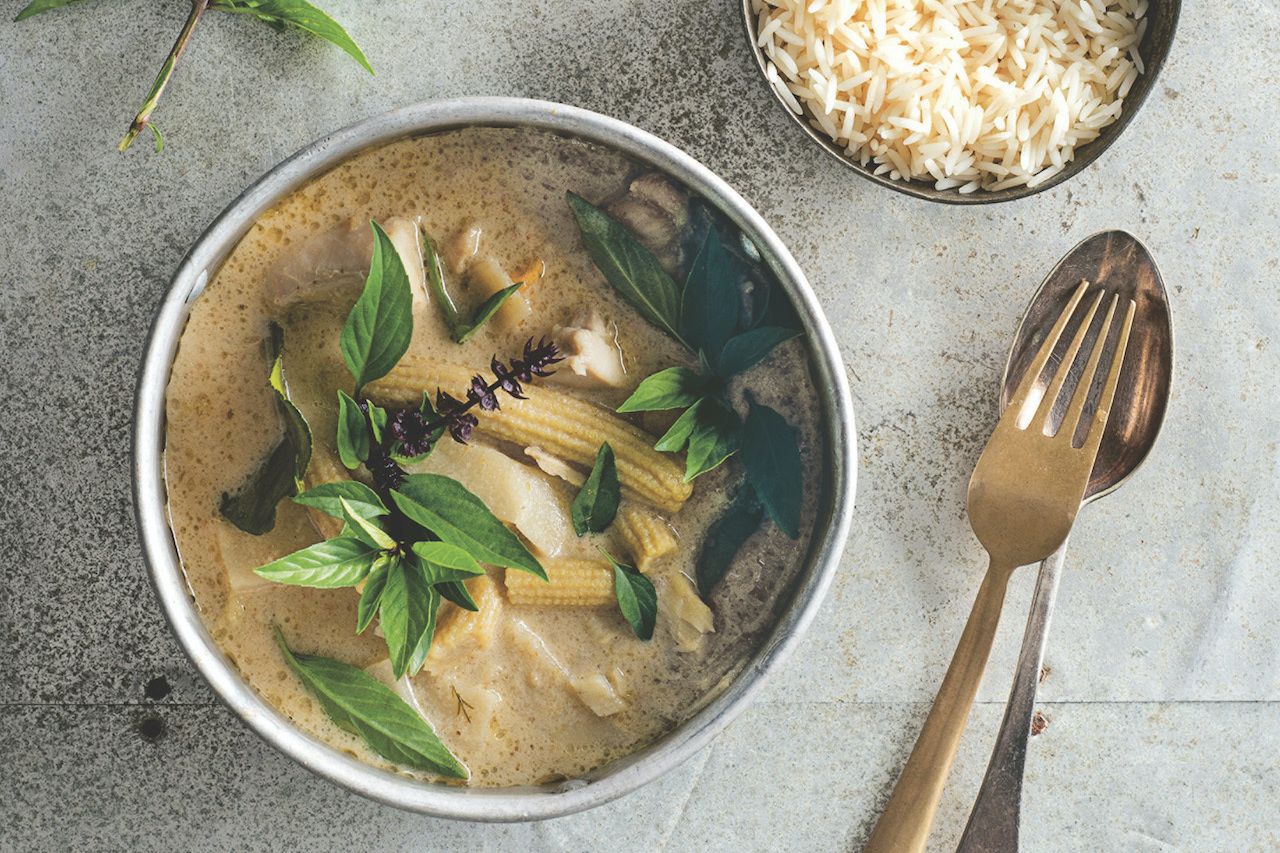What is Australian cuisine? It’s a question that seems to prompt quizzical looks and vague answers. Is it defined by fresh and raw ingredients that reflect the island’s abundant produce? Does it come down to barbecued seafood, like shrimp? Or should Australian cuisine be defined as Aboriginal bushfood?
Ross Dobson, an Australian chef and food stylist, wants to answer that question once and for all in his book Australia: The Cookbook. His 431-page tome covers the incredible breadth of what Australian cuisine is now. It includes recipes for “mixed grill” — lamb chops and sausage grilled and sometimes served for breakfast, beer-battered fish, vanilla and lemon “slices” (similar to a tray-bake), to “bugs,” a crustacean native to Australian waters that are cooked in a cast-iron skillet.
